Air Quality Monitoring
Comprehensive Environmental Monitoring by Water Care Services Pakistan
Water Care Services Pakistan (WCSP) delivers robust environmental monitoring solutions, with a strong focus on ambient air quality, soil health, and water resource assessments. Our ambient air monitoring program is a cornerstone of effective air quality management, providing critical data to:
Evaluate pollution levels across industrial and community zones
Identify and quantify air pollutants for targeted mitigation
Support clients in meeting environmental standards and regulatory compliance
In the agricultural sector, WCSP’s soil quality monitoring utilizes standardized testing protocols and beneficial microbial technologies to enhance fertility and promote sustainable farming.
Our water quality monitoring services, available for both short-term diagnostics and long-term tracking, help identify pollutants, trace contamination sources, and assess system performance—ensuring optimized waterworks and resource protection.
Trust WCSP for integrated environmental solutions that empower industries and communities to achieve cleaner air, healthier soil, and safer water.

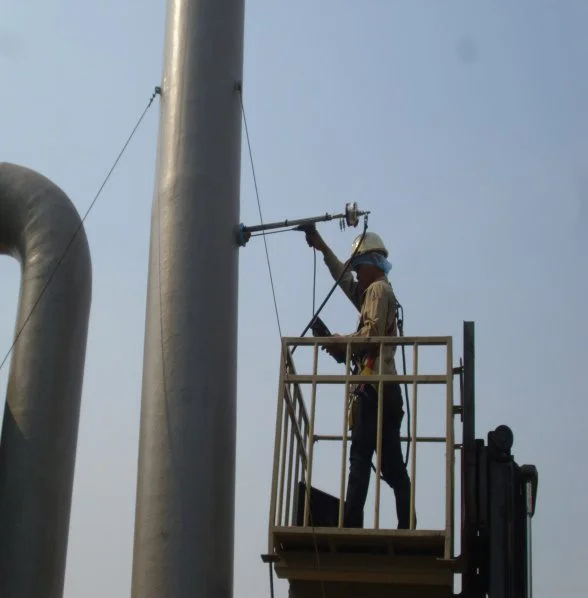
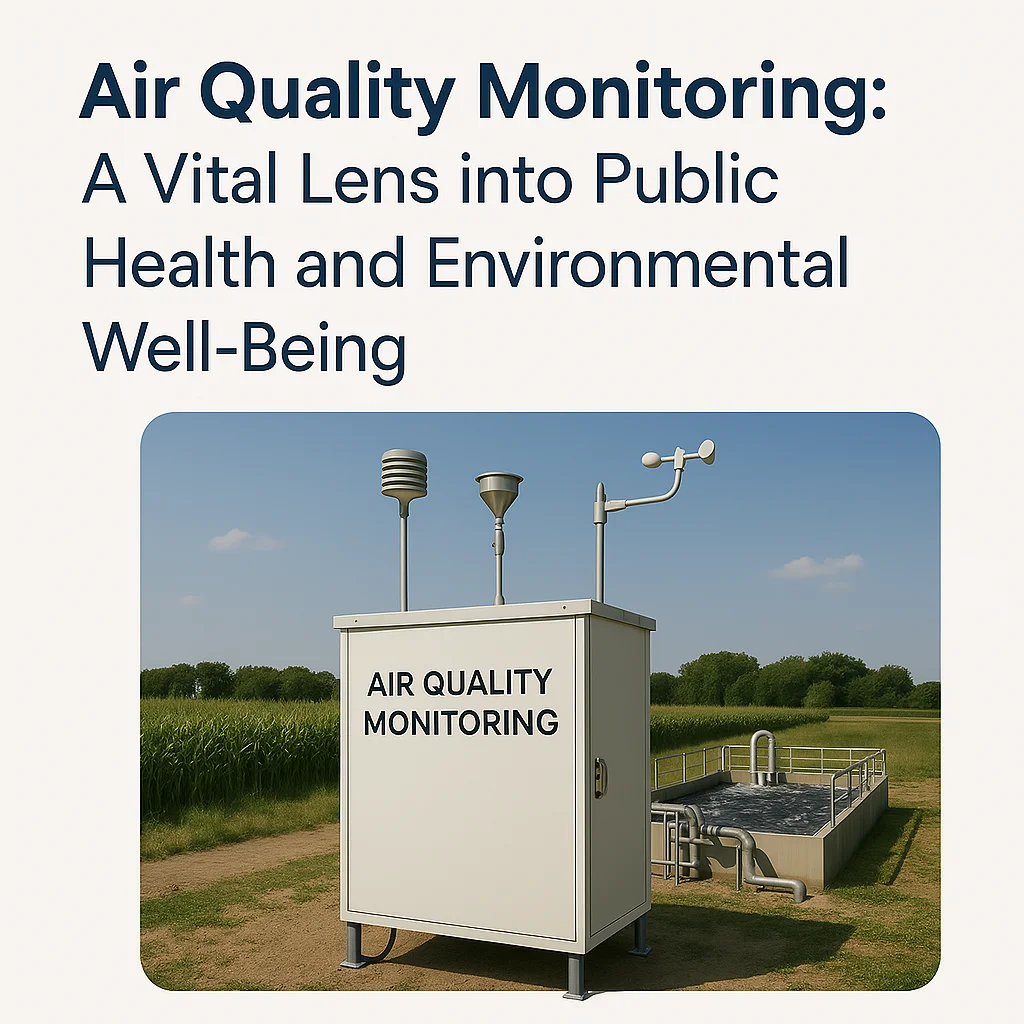
Introduction to Air Quality Monitoring
Air Quality Monitoring: A Vital Lens into Public Health and Environmental Well-Being
Air quality monitoring goes beyond scientific measurement—it’s a crucial tool for understanding the air we inhale and its direct influence on human health and ecological balance. With growing urbanization and industrial activity, the need for accurate and timely air pollution data has never been more critical. From respiratory illnesses to long-term climate shifts, the quality of the air we breathe affects everything from individual well-being to global sustainability.
This article explores the importance of tracking air pollutants, shedding light on how real-time data empowers communities, industries, and policymakers to safeguard well-being, ensure regulatory compliance, and promote a cleaner, more sustainable environment. By identifying pollution sources and trends, air quality monitoring systems help drive informed decisions that protect vulnerable populations and foster environmental resilience.
Why Monitoring Air Quality Matters
Air Quality: An Invisible Risk with Tangible Consequences
Poor air quality isn’t merely a discomfort—it’s a hidden hazard that impacts our lives every single day. From triggering respiratory ailments to accelerating environmental decline, the consequences are far-reaching. Prolonged exposure to pollutants like PM2.5, NO₂, and ozone can lead to chronic diseases such as asthma, heart conditions, and even neurological issues. Vulnerable populations—especially children and the elderly—are at greater risk, making air quality a public health priority.
Understanding and monitoring air quality is essential to safeguarding public health and preserving ecological balance. By integrating real-time monitoring systems, communities and governments can respond more quickly to rising pollution levels, enforce regulatory standards, and promote cleaner industrial practices.
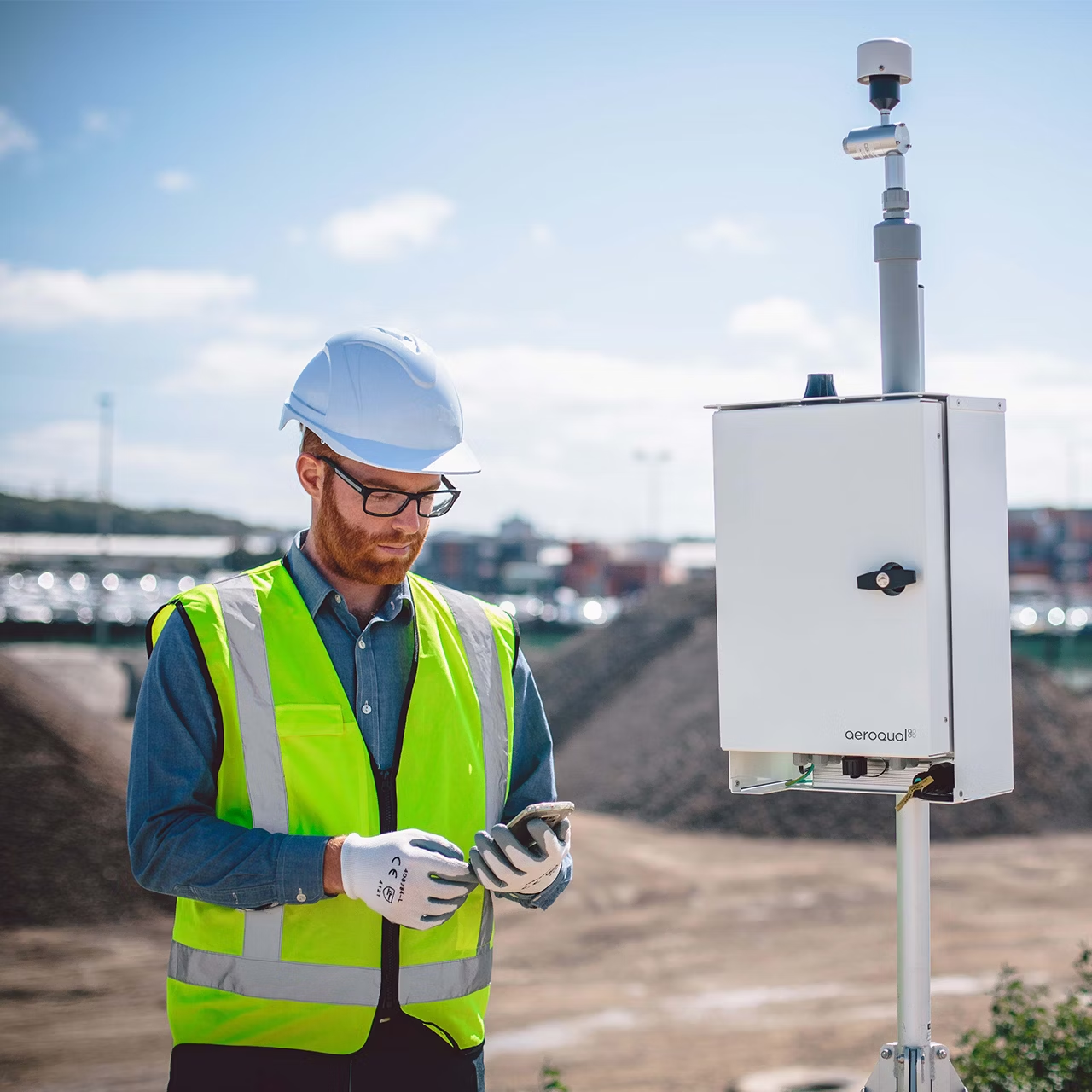

Impact on Health and the Environment
Exploring the Impact of Polluted Air on Health and Ecosystems
Air quality, often compromised by harmful pollutants, plays a critical role in shaping both human health and environmental stability. This discussion takes a closer look at how contaminated air contributes to a range of issues—from respiratory illnesses to broader climate disruptions—revealing the extensive and interconnected consequences that demand urgent attention.
Exploring the Impact of Polluted Air on Health and Ecosystems
Air quality, often compromised by harmful pollutants, plays a critical role in shaping both human health and environmental stability. This discussion takes a closer look at how contaminated air contributes to a range of issues—from respiratory illnesses and cardiovascular diseases to broader climate disruptions—revealing the extensive and interconnected consequences that demand urgent attention.
Key Parameters in Air Quality
Understanding Air Quality: Decoding the Metrics That Matter
To fully comprehend air quality, it’s essential to explore the core parameters that define it. From particulate matter (PM) to ozone concentrations, each metric offers valuable insight into the condition of the air we breathe. In this section, we’ll unpack the science behind these indicators and highlight their role in evaluating environmental health and public safety.
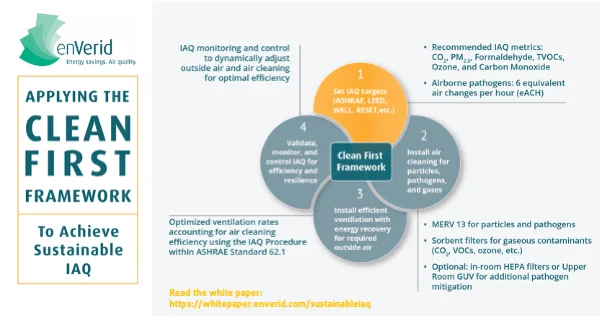
Technologies Used in Air Quality Monitoring
Advancing Air Quality Monitoring Through Modern Technology
In today’s tech-driven world, the way we monitor air quality has undergone a remarkable transformation. From state-of-the-art sensor networks to satellite-based surveillance systems, innovative tools now allow us to collect real-time environmental data with precision and scale. This section explores how these cutting-edge technologies are reshaping our understanding of air pollution and empowering smarter, data-informed decisions for public health and sustainability.
DIY Air Quality Monitoring Solutions
Democratizing Air Quality Monitoring: Tools for Personal Environmental Awareness
Empowering individuals to take control of their surroundings, this section explores how personal air quality monitors, mobile apps, and online platforms are revolutionizing public access to environmental data. These technologies place real-time air quality insights directly into the hands of everyday users—enabling informed decisions, healthier lifestyles, and greater community engagement in environmental stewardship.
Global Perspectives: Air Quality Case Studies
Global Perspectives on Air Quality Monitoring: Diverse Solutions for Cleaner Skies
Journeying across continents, we explore successful air quality monitoring initiatives that highlight the ingenuity and adaptability of different regions. From densely populated urban hubs to isolated rural communities, these case studies reveal a wide spectrum of strategies—each tailored to local challenges yet united by a shared goal: ensuring cleaner, healthier air for all.
Challenges and Solutions in Air Quality Monitoring
Navigating Challenges in Air Quality Monitoring: Toward Smarter, Cleaner Solutions
Every initiative comes with its own set of hurdles, and air quality monitoring is no exception. In this section, we’ll explore the key obstacles that hinder effective monitoring—from technological limitations to data accessibility—and present innovative strategies that are driving progress. These solutions are paving the way for more accurate assessments, informed decision-making, and ultimately, a future with cleaner, healthier air.
Taking Individual Action for Better Air Quality
From Observation to Action: Everyday Choices for Cleaner Air
As we move beyond monitoring, the spotlight turns to individual responsibility and the practical steps each of us can take to improve air quality. This section highlights how daily habits and conscious decisions—from transportation choices to energy use—can positively influence the air we breathe and foster healthier, more resilient communities.
The Role of Communities in Air Quality Improvement
Harnessing Community Power for Cleaner Air
Building on individual actions, this section highlights the transformative impact of collective community engagement in promoting air quality. From raising public awareness to adopting sustainable practices, communities play a pivotal role in cultivating a shared sense of responsibility for the air we breathe—driving meaningful change through collaboration, education, and grassroots initiatives.
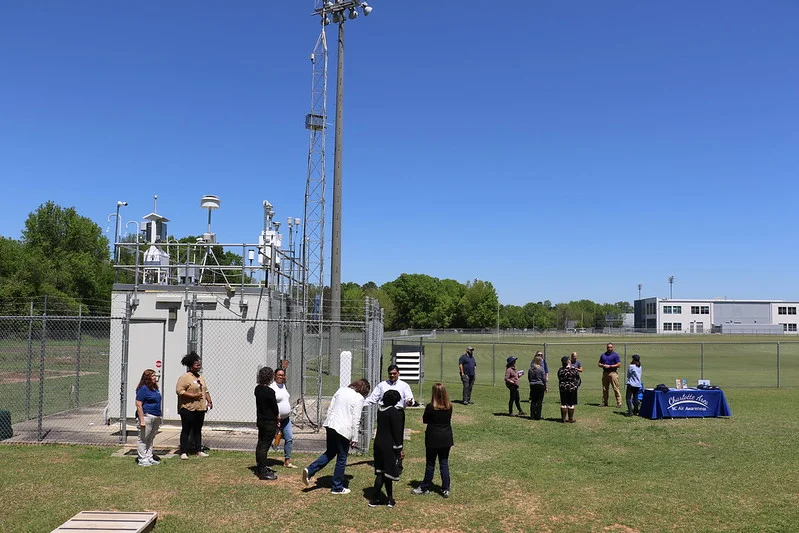
Understanding the Role of Policy in Air Quality Control
Policy and Public Partnership: Driving Air Quality Improvements
Government initiatives and regulatory frameworks are instrumental in shaping the quality of the air we breathe. This section explores how policy decisions influence environmental outcomes, emphasizing the importance of collaborative engagement between policymakers and the public. By aligning legislation with community action, we can foster impactful change and build a healthier, more sustainable future.
How to Interpret Air Quality Index (AQI)
The Air Quality Index (AQI) serves as a guide for understanding air quality levels. We’ll break down the AQI, making it accessible for everyone to interpret and take appropriate actions based on real-time data.
Environmental Monitoring
Environmental Monitoring by WCSP: Expertise Driven by Impact
Water Care Services Pakistan (WCSP) deploys a highly experienced environmental monitoring team that conducts assessments with a strong focus on environmental significance and impact relevance. Our monitoring programs are built around key sectors critical to ecosystem integrity and public safety.
Core Sectors of Environmental Monitoring:
Ambient Air Quality
Surface and Groundwater Quality
Soil Health and Contamination
Noise Pollution and Vibration Impact
Wastewater and Effluent Analysis
Microbial & Chemical Contaminant Tracking
Conclusion: Breathing Easy with Air Quality Monitoring
Conclusion: Air Quality Monitoring—A Collective Commitment to Well-Being
Air quality monitoring transcends the realm of science; it represents a collective duty toward public health, environmental integrity, and community resilience. By recognizing its far-reaching impacts—from human well-being to ecosystem stability—we equip ourselves with the knowledge and responsibility needed to take meaningful actions. Informed decisions today pave the way for a cleaner, safer, and more sustainable tomorrow.
Air quality monitoring is crucial for assessing the levels of pollutants in the air, understanding potential health risks, and implementing measures to control and improve air quality for public health and environmental purposes.
Common pollutants include particulate matter (PM), nitrogen dioxide (NO2), sulfur dioxide (SO2), ozone (O3), carbon monoxide (CO), and volatile organic compounds (VOCs). These pollutants can have adverse effects on human health and the environment.
Air quality is measured using a network of monitoring stations equipped with various instruments that detect and quantify different pollutants. Remote sensing technologies, such as satellites and air quality sensors, are also used for broader coverage.
Poor air quality can lead to respiratory and cardiovascular problems, aggravate existing health conditions, and contribute to long-term health issues. It is particularly harmful to vulnerable populations such as children, the elderly, and individuals with pre-existing health conditions.
Regulatory standards vary by country, but they typically set limits for specific pollutants to protect public health and the environment. Monitoring data is used to assess compliance with these standards.
Individuals can stay informed about air quality levels through local monitoring networks, limit outdoor activities during high pollution periods, use air purifiers indoors, and follow any recommendations or guidelines provided by health authorities.
Technology, including advanced sensors, satellite imagery, and data analytics, plays a significant role in modern air quality monitoring. Real-time monitoring, modeling, and data visualization tools enhance the accuracy and accessibility of air quality information.
Yes, natural events such as wildfires, volcanic eruptions, and dust storms can significantly impact air quality by releasing large amounts of particulate matter and other pollutants into the atmosphere.
Monitoring air quality helps identify sources of greenhouse gas emissions and other pollutants contributing to climate change. This information is vital for developing strategies to reduce emissions and mitigate the impacts of climate change on air quality.
Various international organizations, governments, and non-profits work on initiatives to address air quality issues. These include promoting cleaner technologies, enforcing emission standards, and raising public awareness about the importance of air quality for health and the environment.
